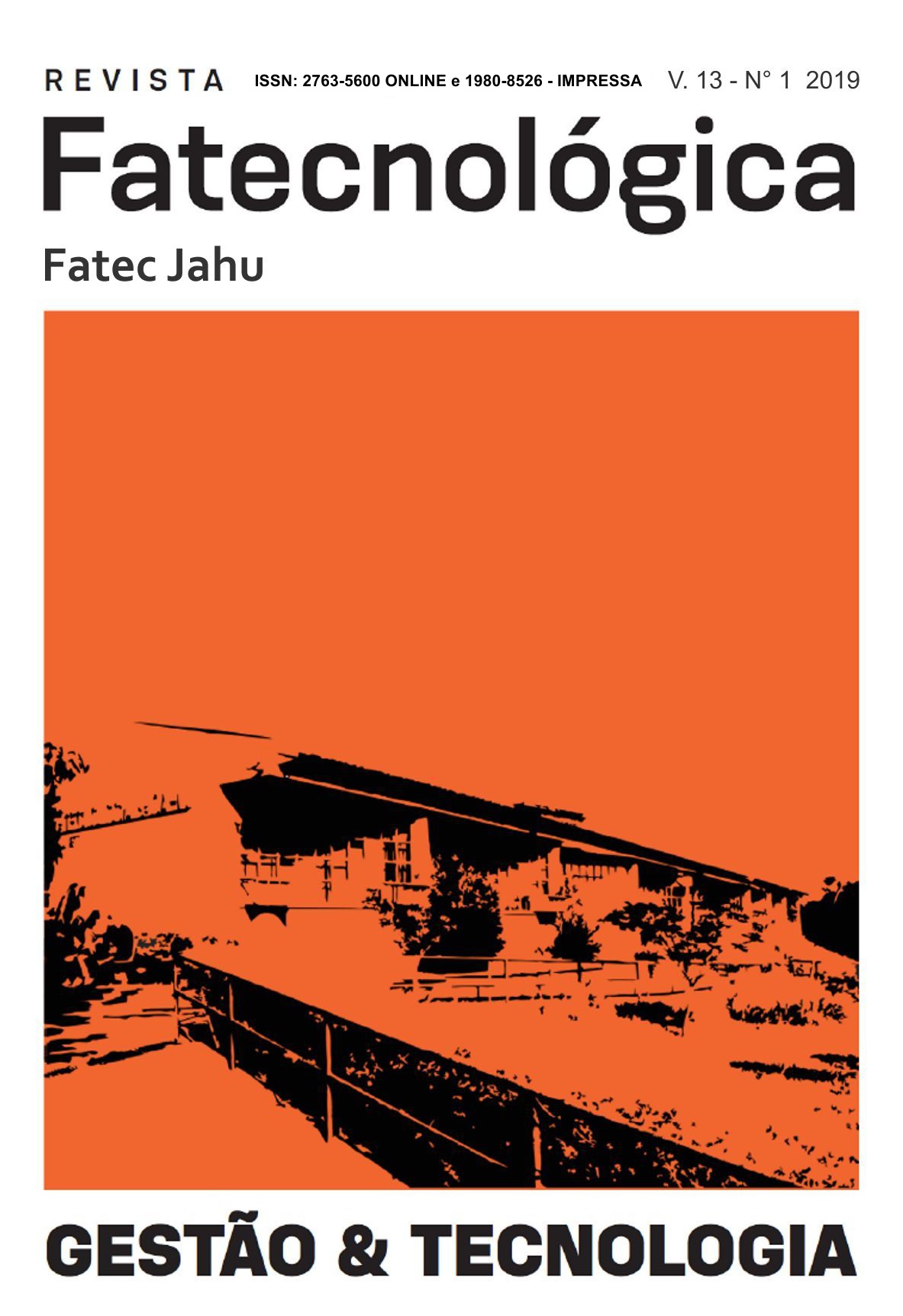ANÁLISE EXPERIMENTAL DO DESEMPENHO DOS SONARES LV-EZ, US100 E HC-SR04
Abstract
With the popularization of low-cost microcontrollers, a range of these devices and sensors are available on the market, allowing the development of simple projects even the most sophisticated in the field of robotics. One of the relevant systems in this area are the so-called navigation systems, which allow the vehicle to navigate safely in an unstructured environment, identifying obstacles and tracing routes until reaching the objective. Distance sensors are used in this system. One of them, sonar, is available on the market with a good variety, the most used being the LV Max Sonar, US100 and HC SR-04. There are several projects available in the literature using the Arduino platform, some of them with specific libraries. Most of the websites or books dealing with these projects present details of assembly or their coding, but do not show details of the calibration of the sensors. Such information is relevant when designing a robotics system, since it is important to check its robustness, both in software and hardware, and if it meets the requirements of the project. In this work, we analyze the behavior of these sensors, as well as in the coding by means of a sonar calibration procedure, analyzing the accuracy as well as their expanded uncertainty. We show that the LV Max Sonar sensor has a reading limitation for low distances lending itself to environment mapping activities while the US100 and HC SR-04 sonar have similar behaviors and present a good reading range, both small for medium distances, serving as a sensor for mapping and detecting obstacles. The use of the library produces small variations in results, the choice of which will only depend on the size of the encoding.
Copyright (c) 2021 Antonio Eduardo Assis Amorim, Sara Fernanda Prado, Robson Luiz Felipe Dias de Oliveira, Flavio Augusto Ribeiro da Silva, João Pedro Brunello (Autor)

This work is licensed under a Creative Commons Attribution-NonCommercial 4.0 International License.
Copyright Statement
- The publication reserves the right to make normative, orthographic and grammatical changes in the originals, in order to maintain the cultured standard of the language, respecting, however, the authors' style;
- Final proofs will not be sent to authors;
- The originals will not be returned to the authors;
- Authors retain full rights to their works published in the Fatecnológica journal, and their deposit or republication is subject to the indication of first publication in the journal, through the CC-By license;
- The original publication source must be recorded.
- The opinions expressed by the authors of the articles are their sole responsibility.



